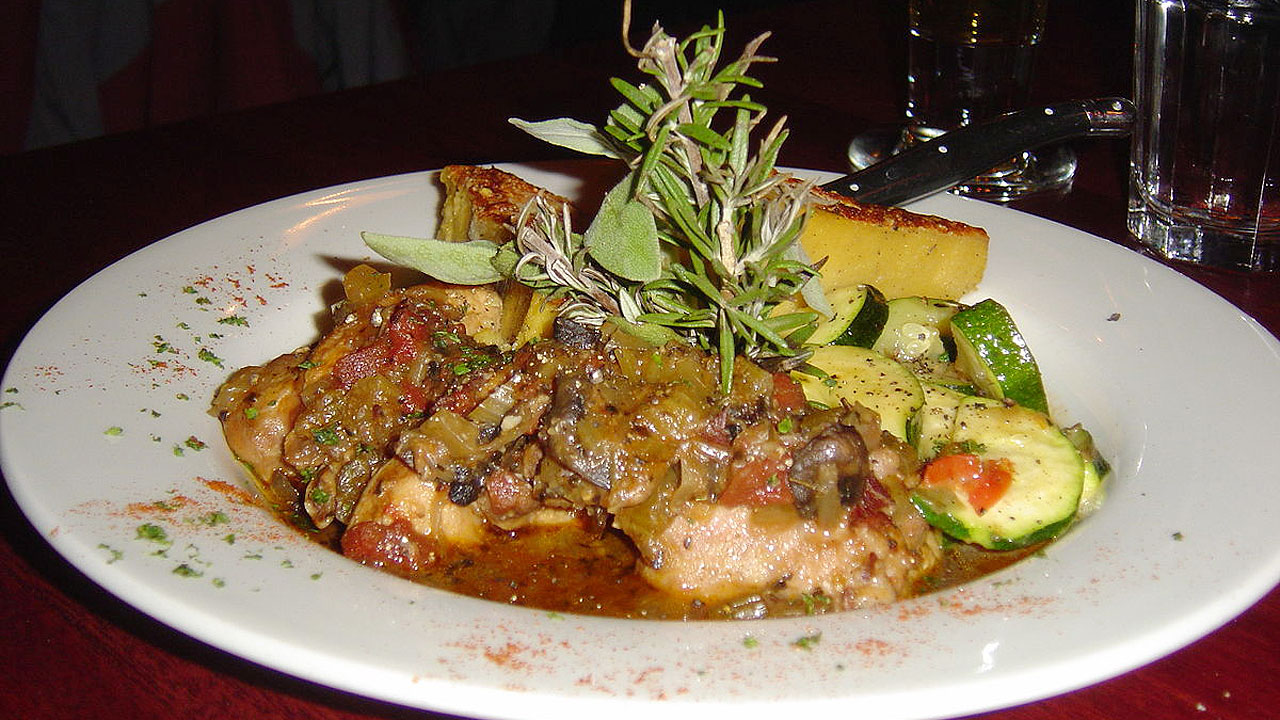
THE DEPARTMENT of Agriculture (DA) has issued transitory guidelines on rabbit imports, part of a broader plan to develop alternative sources of meat.
Agriculture Secretary William D. Dar signed Memorandum Circular No. 15 on Aug. 25 which will govern the import process.
Mr. Dar said there is increasing interest from farmers in rabbit meat production due to the low production costs and ease of propagation.
“The growing awareness and local acceptance of rabbit meat as an alternative source of protein amid the rising prices of major livestock commodities such as pork and poultry meat have ignited a subsequent increase in the sanitary and phytosanitary import clearance (SPSIC) requests for meat-type rabbit breeds,” Mr. Dar said.
“The DA prescribes the following guidelines … in order to facilitate the safe importation and introduction of superior genetics from other countries while preventing the inadvertent introduction and spread of transboundary animal diseases of rabbits,” he added.
Under the memorandum circular, any prospective importer must be authorized as a live rabbit importer by the Bureau of Animal Industry-National Veterinary Quarantine Services Division (BAI-NVQSD) and should apply for import clearances through the DA intercommerce services website.
The circular requires the rabbit farm and livestock transport vehicle to be accredited by the BAI or DA regional office, while the proposed quarantine site should be inspected by the BAI-Veterinary Quarantine Services in the area.
The DA said only certified rabbit farms and authorized exporters endorsed by the source country will be accepted, and that the proposed quarantine site should have enough cages, housing ventilation, and be thoroughly disinfected prior to the arrival of the imported rabbits.
“Upon submission of the accomplished questionnaire to BAI, exporting countries of rabbits shall submit their proposed International Veterinary Certificate (IVC) for evaluation of BAI, following the import terms and conditions set by the BAI. After the agreement of both countries on the IVC, trade can now commence,” the DA said.
According to the DA, imported rabbits should be born and bred in the exporting country and must be free from Rabbit Hemorrhagic Disease/Viral Hemorrhagic Disease (RHD/VHD), Myxomatosis and Tularemia.
The imported rabbits should be at least 60 days old and not pregnant at the time of shipment, with identification marks such as microchips embedded in each rabbit.
Agricultural group Samahang Industriya ng Agrikultura (SINAG) is one of the advocates of utilizing rabbits as an alternative source of meat amid the sharp decline of pork supply due to the ongoing African Swine Fever (ASF) outbreak.
However, SINAG Executive Director Jayson H. Cainglet said in a phone interview that the import guidelines do not bode well for the rabbit industry.
“The local rabbit industry includes livestock and poultry raisers who were displaced due to African Swine Fever and other reasons. The industry is already popularizing the consumption of rabbit as an alternative meat source. As a result, we urge the DA to develop the industry first before thinking about imports,” Mr. Cainglet said. — Revin Mikhael D. Ochave



